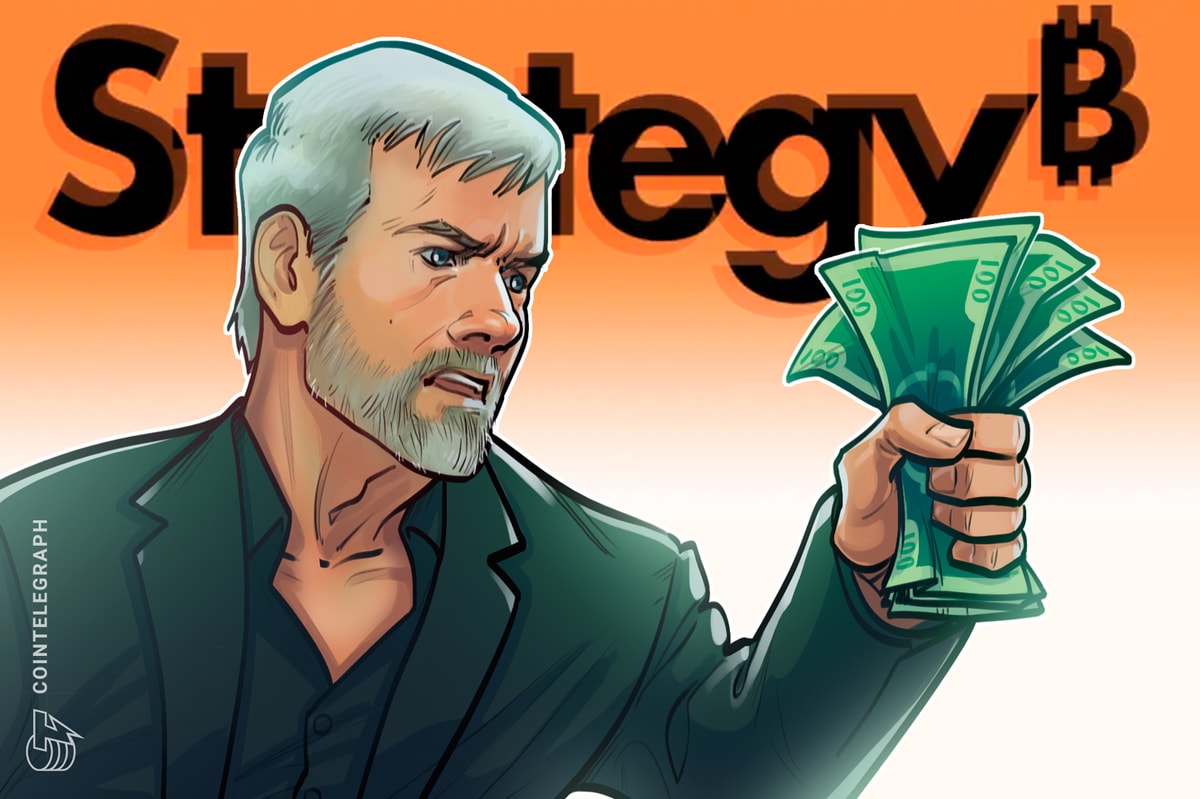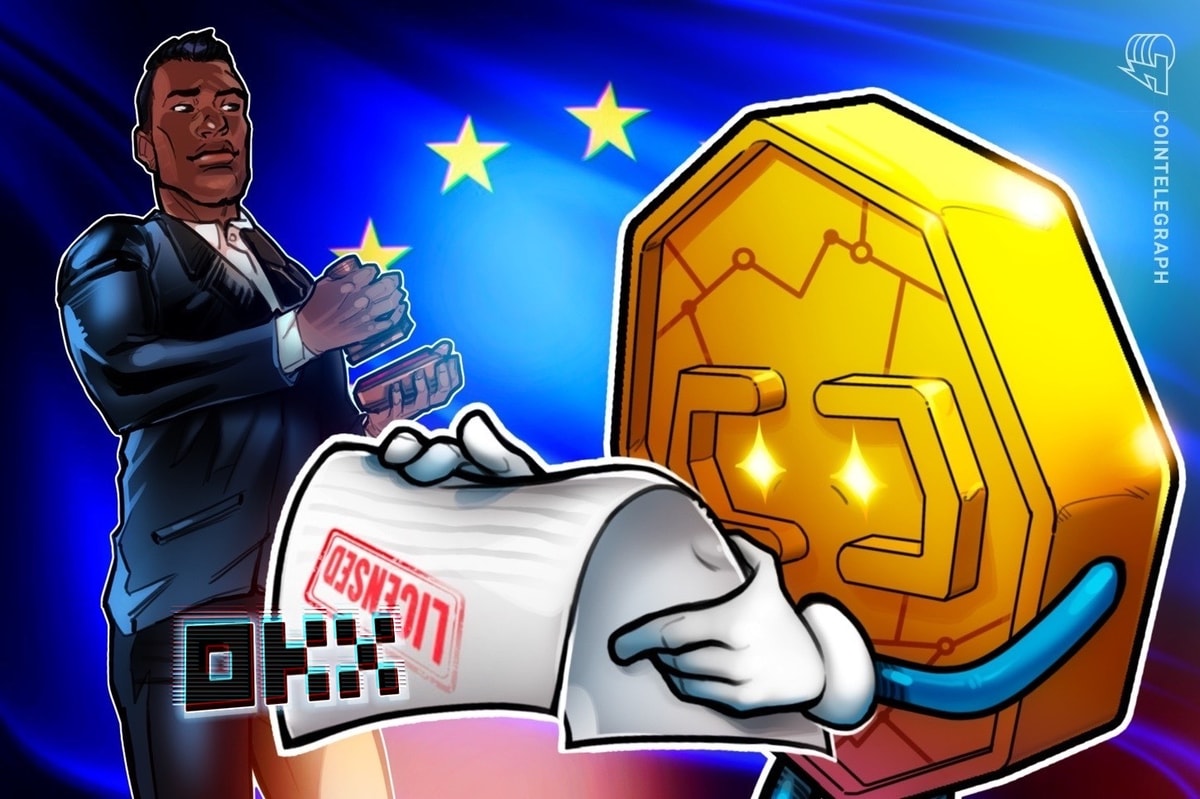 All you wanted to know from web3 developer, but hesitated to ask Hlib Rabchuk · 1 min ago · 7 min read
All you wanted to know from web3 developer, but hesitated to ask Hlib Rabchuk · 1 min ago · 7 min read
A seasoned blockchain-developer sheds the light behind the curtains of Web3

Cover art/illustration via CryptoSlate. Image includes combined content which may include AI-generated content.
The following is a guest post from Hlib Rabchuk, PR Manager at Ethereum Ukraine.
Web3 is evolving at breakneck speed—new protocols emerge, developer trends shift, and the skills in demand today might become obsolete tomorrow. For those navigating the industry, staying ahead isn’t just about technical expertise; it’s about understanding where the space is headed.
Yurii Kovalchuk, Web3 Engineer at Forte Group and blockchain development lecturer at Set University, has witnessed these shifts firsthand. With over nine years in IT, spanning Java back-end development to leading teams in Web3 startups, he brings a unique perspective on how the industry has changed and where it’s going next.
From the rise of Rust and AI-integrated Web3 solutions to security blind spots that still plague developers—this interview unpacks the reality of building in Web3 today. Whether you’re a developer, investor, or just a curious mind looking to make sense of the space, Yurii’s insights offer a rare look into the challenges and opportunities shaping the future of blockchain.
Web3 labour market: how has the industry changed over the past 5 years?
– How different is the demand for Web3 specialists today compared to 5 years ago? What subjects should an average student developer pay attention to in order to work in Web3?
Yurii: Five years is a whole era for Web3. This period is too durable for evaluating changes as the market develops in rapid cycles.
For example, 5 years ago, we didn’t even know what DeFi was. Now it is one of the key components of Web3. But if we talk about current trends in the labour market, this is the key points that I see:
- High demand for Rust developers. The popularity of Solana has increased, and so has the demand for specialists who can effectively write in Rust.
- Web3 engineers with an understanding of AI. The AI agents-space is developing rapidly, and there is a demand for AI integration into Web3 protocols.
- Security Researchers. A new wave of AI-related attacks is expected, so auditors and security specialists are becoming even more sought-after.
- Developer Relations. This role that helps build a bridge between projects and developers, is becoming increasingly important as Web3 expands beyond the narrow technical community.
- Marketers with an aggressive style. Web3 has a very specific marketing style, which requires flexibility and volume. The usual methods don’t always work.
- Community managers. Web3 projects are heavily dependent on the community, and decent community management is becoming critical.
Solana vs. Ethereum: where is one technology ahead of the other?
– What does Solana do that Ethereum has not yet managed to achieve? Are there any changes that could correct this imbalance?
Yurii: Indeed, Solana currently has an advantage in terms of throughput and low fees. All due to its architecture, which allows it to reach thousands of transactions per second without the need for additional scaling layers.
Ethereum, on the other hand, builds a more decentralized and trusted infrastructure, which makes it safer and more sustainable in the long run. Layer 2 solutions are being actively developed and already allow Ethereum to significantly improve performance.
With future updates, Ethereum will be able to catch up with Solana in terms of transaction speed and cost.
But whether Solana will be able to achieve the same stability and decentralisation as Ethereum is an open question.
One critical security mistake still being made in Web3
– You often refer to the importance of security on your blog. What is one common security mistake that Web3 developers still make?
Yurii: The biggest mistake that developers and users alike still make is not managing private keys properly.
Yes, the joke about the private key commit on GitHub is still relevant because it is only partially true. People often store seed phrases, private keys, and other sensitive information incorrectly, neglecting hardware wallets and additional signature checks, which leads to hacks, phishing, and asset theft.
Access management in smart contracts comes in second. This is the main cause of Web3 protocol hacks, as many developers either leave excessive administrative rights or incorrectly implement contract update mechanisms.
As a result, owners may lose control of the protocol, or hackers may gain access to critical functions.
Web3 continues to evolve, but basic security mistakes are still the cause of the biggest attacks and hacks.
Web3 needs a rebranding. But what kind of rebranding?
– You recently stated that Web3 needs a new positioning. What specific aspects do you think should be changed?
Yurii: I do not believe that “Web3″ as a term needs rebranding – its image is still quite positive and untarnished.
The need for change is more related to the concepts of crypto and blockchain.
Crypto today has a very speculative and negative image due to the large number of people trying to abuse the system and chase easy money. Blockchain, on the other hand, is perceived as an outdated and archaic term, and sometimes even automatically identified with cryptocurrencies, which creates the wrong impression. This can only be corrected through education and proper communication.
On my social media pages, I always explain that these three concepts – Web3, blockchain and crypto – are all completely different things.
Hence, Blockchain is a technology, Crypto is one of its use cases, and Web3 is a whole paradigm of the new Internet, with which you own your data and assets.
This approach should help shape the correct perception of Web3 among the mass audience.
Pectra: what is it and why is it important?
– On 24 February, the Ethereum Pectra hard fork is due to take place. What key changes does this update bring, and what new opportunities does it open up for the Ethereum ecosystem and its developers?
Yurii: The Pectra hard fork is another important step in Ethereum’s development, combining two major offerings: Prague for the Execution Layer and Electra for the Consensus Layer. This will be one of the largest Ethereum updates in history (in terms of the number of EIPs). There are three main areas worth noting:
- User Experience (EIP-7702) is a new approach to temporarily converting EOAs (Externally Owned Accounts) into smart contracts, which significantly improves UX and brings us closer to real Account Abstraction (AA). This opens up opportunities such as transaction batching, payment of commissions using ERC-20 tokens, and different levels of account access.
- Validators’ work (EIP-7002, EIP-7251). Validators will be able to withdraw their earnings and staked ETH independently, which will make the process more flexible and faster. Besides, the maximum amount for staking by one validator will increase from 32 ETH to 2048 ETH. This will simplify management for large stakers and reduce the number of validators in the network while maintaining its decentralization.
- EIP-7691 increases the maximum number of Blob data in a block to 9 (previously 6) and the target number to 6 (previously 3), which temporarily improves Ethereum’s throughput for rollup solutions until peerDAS is implemented. EIP-7623 increases the cost of calldata by encouraging rollups to use Blob data, which is a more efficient way of storing it.
Are developers still creating the market trends?
– You are currently participating in the Uniswap Hook Incubator. Given that the dominant market narratives are shaped by developers, is it possible to predict market trends in such a community?
Yurii: Yes, I am currently in the middle of completing an incubator programme run by the Uniswap Foundation & Atrium Academy. In it, we are deeply exploring the capabilities of Uniswap v4 and its main feature – Hooks.
This version opens up endless possibilities for AMM customisation, including dynamic fees, MEV protection, flexible liquidity management mechanisms, which allows you to build not just add-ons to Uniswap, but full-fledged protocols on top of it.
Moreover, Uniswap sets a vector not only in DeFi. For example, projects such as Flaunch, a launchpad for memecoins with a fair auction, demonstrate that its application goes far beyond traditional DEX.
I think the next big trend is the deeper modularity of DeFi protocols and the integration of custom mechanics into liquidity. V4 allows you to create products with your own algorithms for pricing, asynchronous exchange, and flexible liquidity management, which can significantly change the DeFi market in the coming years.
Memecoin automation: a new opportunity or a risk bubble?
– The recent launch of pump.fun on mobile devices has made it clear that creating memecoins is easier than ever. Your projects from the last two hackathons also simplify this process. Is there a risk that this ease of token issuance will lead to a massive bubble? Isn’t Web3 turning into a fast food industry?
Yurii: Indeed, one of our projects really simplified the creation of memecoins by using AI agents.
We saw that memecoins and AI are two of the most dynamic areas in Web3 right now, so we decided to combine these trends by exploring their synergy and possible impact on the market. The ease of creation will certainly lead to an increase in the number of tokens, and not all of them will have a good foundation or utility. However, I do not believe that the fight against low-quality projects should be to make it artificially difficult to create them.
Web3 is still in the process of improving the user experience, and our task is to make it more accessible to newcomers. Restrictions and barriers are not the answer – it is more important to teach people to distinguish quality and understand value.
It’s just like with food: instead of banning fast food, we teach children to choose healthy food. Web3 should do the same – not block, but raise awareness.
Memecoins vs. trust in Web3
– Do memecoins discredit the Web3 industry in the eyes of people who want to become developers and investors? How do the events around Libra, $TRUMP, CZ, and other similar cases affect the trust in the technology?
Yurii: I do not believe that memecoins as a class of tokens discredit the Web3 industry. They can have healthy mechanics and utilities. Think of them as promotional flyers or a PR campaign for a project.
If you want to quickly attract the attention of the audience and form a community, memecoins can effectively play this role. Moreover, memes are closer to a wide audience – both for ordinary users and enthusiasts who want to launch something of their own, even if it is of a fan nature.
As for the discrediting of Web3 in general, this issue does not apply only to memecoins. Any project whose main goal is to deceive users harms the industry’s reputation. Whether it’s a memecoin or a Layer 1 blockchain that existed only on paper, raised millions through an ICO, and disappeared, the principle is the same. Yes, due to the ease of token creation, this tool has indeed become more accessible to scammers, and rag pulls are now happening more often. But, as in the previous question, the solution is not in bans but in education.
DYOR (Do Your Own Research) remains a key principle for all Web3 participants.



















 English (US) ·
English (US) ·